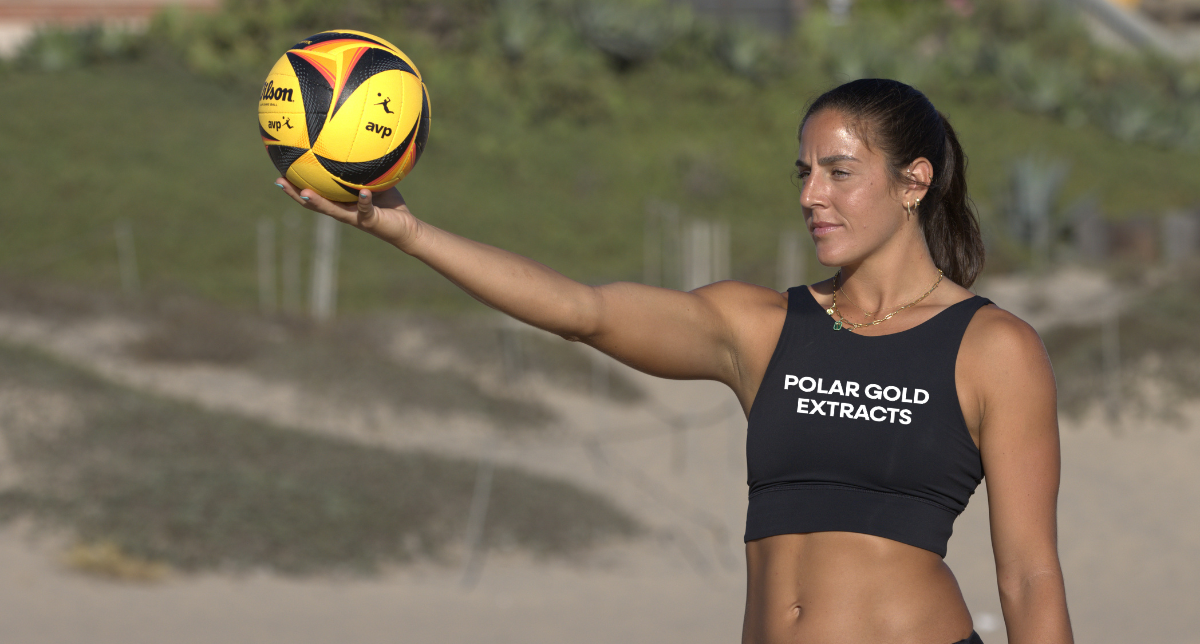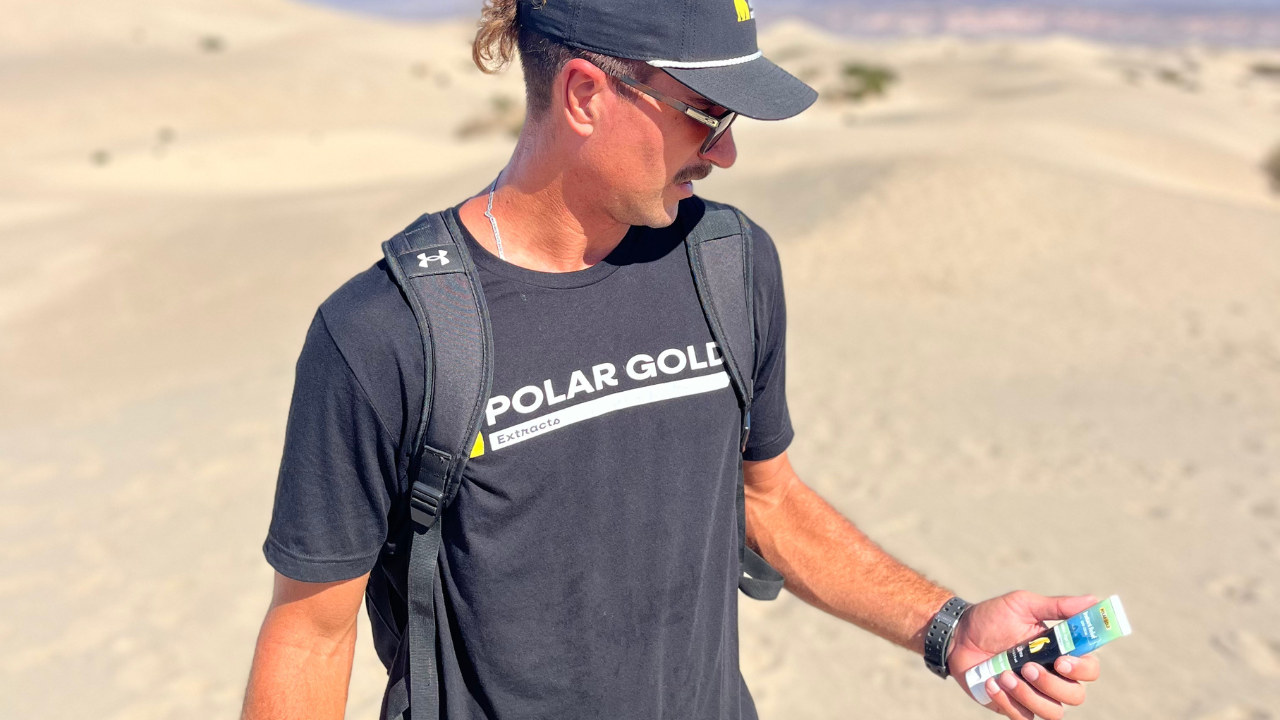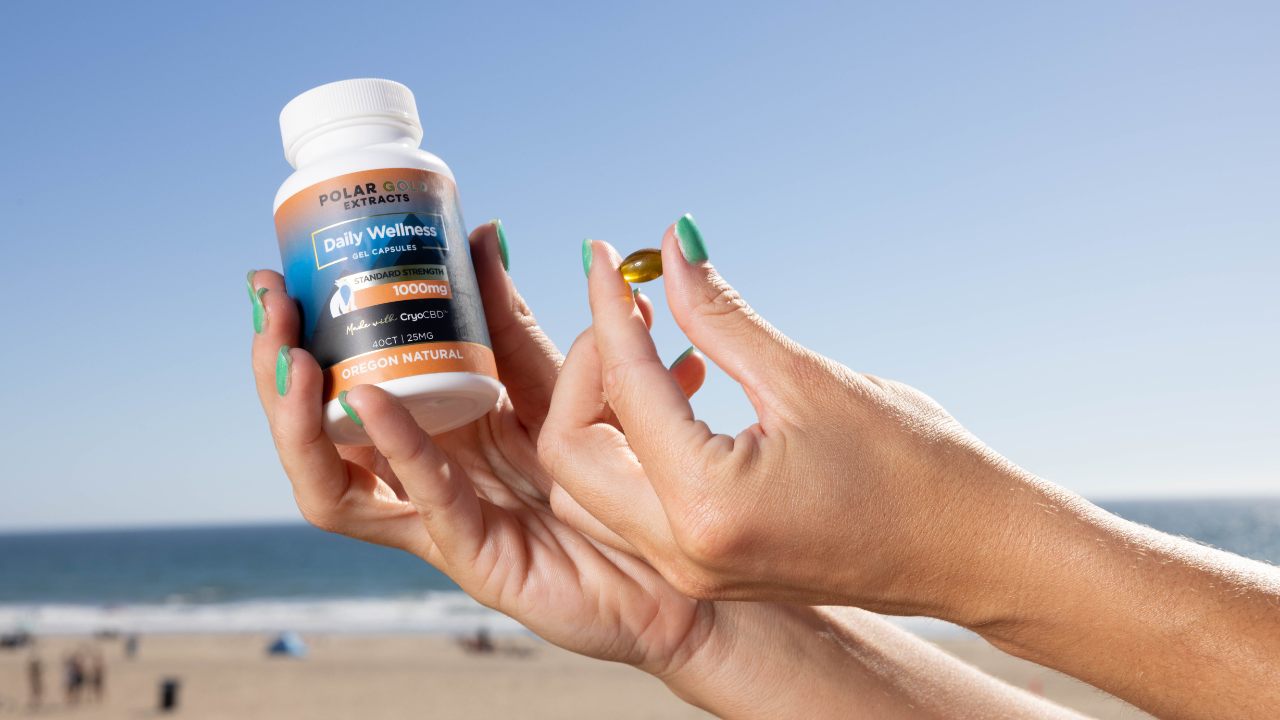At some point, we all stop playing.
It's not a choice we make, but something that happens slowly over time. Life gets busier, responsibilities pile up, and movement becomes more about necessity than joy. For some, it’s an old injury that never fully healed. For others, it's the creeping stiffness that makes morning routines a little slower, a little harder.
Eventually, the things we once did without thinking — jumping into a game, taking the long way home, rolling around on the floor with our kids — start to feel out of reach.
Pain plays a role in this, but so does mindset. We start believing that play is for kids, or that our best years of movement are behind us. We adjust, we limit ourselves, and before we realize it, we’ve stopped doing the things that made us feel like ourselves.

How Rediscovering Play Changes Lives
The thing about play is that it’s not just physical. It’s emotional. It’s mental. It’s the feeling of being fully present, unburdened, and in control of your own body. The moment someone realizes they can move again without hesitation, without the familiar sting of discomfort, is the moment they start living differently.
When we move more, we engage more. We take up space in our own lives instead of shrinking away from what we love. We say yes to the things we used to turn down, whether it’s a game of pickleball, a long walk with an old friend, or simply getting back on the floor to play with the grandkids.
It’s not about chasing youth or pretending aging isn’t real. It’s about rejecting the idea that just because you’ve slowed down, you have to stop.

The Retiree Who Found Purpose
There’s a reason so many retirees take up new sports, new hobbies, new routines. For years, they were too busy working, raising families, handling everything life threw at them. And then, when they finally had the time, they found themselves physically held back.
But that’s not the end of the story.
Take Terry, for example. He retired thinking he'd spend his time metal detecting, working in the garage, maybe fixing broken appliances again like he did in his 30s. But years of building with his hands and pushing his body to physical limits left an 83-year-old aching every morning, his hands riddled with the stiffness of arthritis, his energy drained before he even started the day. He tried stretching, heat packs, ibuprofen and nothing seemed to last.
Then one day, after discovering the deep healing benefits of Polar Gold products, he said yes to a new hobby: 3d printing. He didn’t expect much, but something clicked. He moved. He laughed. He played. And for the first time in years, he didn’t feel like he was fighting against his own body.
It wasn’t a magic fix, but it was enough to remind him what was possible. Now, he's active and present in more ways than one, not just because he can but because he wants to.
Playing More, Living Better: The Power of Movement
Movement and play isn’t just about fitness. It’s about freedom. When your body feels good, life opens up. You stop thinking about what you can’t do and start thinking about what you want to do.
Science backs this up. Regular movement reduces stress, improves mood, and keeps the body functioning the way it’s meant to. But most people don’t need a study to tell them that. They need to feel it for themselves. It's the difference between sitting out and stepping in, between watching and doing, between pushing through pain and actually enjoying the movement.
For some, that means getting back to competitive sports. For others, it means simply walking without stiffness, getting through a shift at work without aching feet, waking up in the morning without a slow, painful start.
The difference is life-changing. And it starts with saying yes to playing again.
Everyone Deserves to Play
Play isn’t just for kids. It’s for anyone who wants to feel more like themselves again.
It’s for the 30-something who wants to lift weights without paying for it the next day. It’s for the caregiver who spends so much time looking after others that they’ve forgotten how to take care of their own body. It’s for the retiree who refuses to let pain dictate their day.
Because when movement becomes possible again, everything else follows. It’s not about doing more. It’s about living more. And that starts with play.






Share:
Finding CBD That Actually Works: A Guide for Caregivers Managing Chronic Pain
How CBD Transdermal Patches Support an Active Life